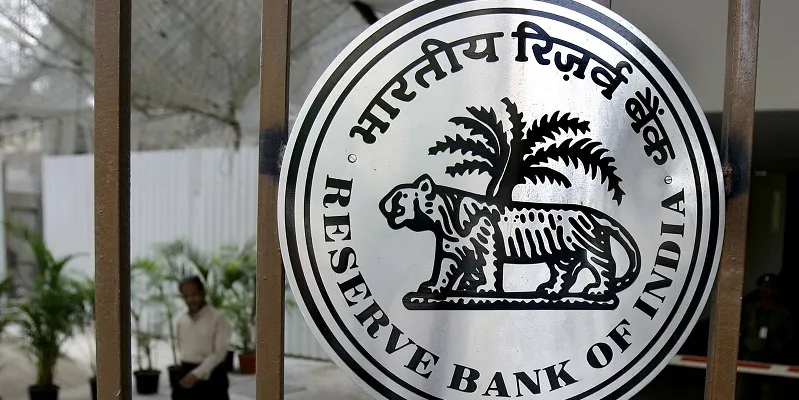MDR waiver: RBI may have to shell out Rs 1,800 Cr to banks
With the government waiving MDR charges on Rupay and BHIM-UPI payments, the RBI may have to shell out about Rs 1,800 crore to banks towards free transaction during 2020, a report has said.
With the government waiving MDR charges on Rupay and BHIM-UPI payments, the RBI may have to shell out about Rs 1,800 crore to banks towards free transaction during 2020, a report has said.
During 2018 and 2019, the Ministry of Electronics and Information Technology (MeitY) provided required MDR support to banks on debit cards and BHIM-UPI transactions having ticket size within Rs 2000, a report by IIT Bombay professor Ashish Das said.
"Going forward, in case RBI provides the necessary support for debit cards and BHIM-UPI (which does not include mastercard/VISA debit cards), it may be prudent to let NPCI manage the logistics," it said.

(Photo credit: AFP)
In a bid to promote digital payments, Finance Minister Nirmala Sitharaman last month said no Merchant Discount Rate (MDR) charges will be applicable on transactions through homegrown RuPay and UPI platforms beginning January 1, 2020.
The MDR pricing structure that National Payments Corporation of India (NPCI) had arrived at, effective October 2019, for RuPay debit card is 0.4 per cent (0.3 per cent when the transaction is QR-code based) for transactions up to Rs 2,000 and 0.6 per cent (0.5 per cent when the transaction is QR-code based) for payments exceeding Rs 2,000, with a ceiling on MDR of Rs 150 for any transaction.
The government has indicated that the Reserve Bank of India and and the concerned banks will absorb these costs from the savings that will accrue to them on account of handling less cash as people move to these digital modes of payment, it said.
"Thus, though informal, the government has prompted that the RBI and the banks would fund the required MDR revenue to run the prescribed modes of payment. Since we are pondering on how banks' revenue losses need to be compensated, it appears prudent to consider that RBI alone funds for the required revenue," it added.
This revenue, for RuPay debit card, is expected to be no more than Rs 1,000 crore for calendar year 2020, while for BHIM-UPI, it is expected to be another Rs 800 crore, the report said.
It further said that at some point of time in the near future, the law under Section 10A of the Payment and Settlement Systems Act, 2007 should be modified so as to allow reasonable MDR to be charged to large merchants having annual turnover in excess of Rs 2 crore.
MDR is the cost paid by a merchant to a bank for accepting payment from their customers via digital means. The merchant discount rate is expressed in percentage of the transaction amount.
In her Budget speech in July, Sitharaman had proposed that businesses should offer low-cost digital modes of payment such as BHIM UPI, UPI QR Code, Aadhaar Pay, Debit Cards, NEFT, RTGS etc to their customers, and no charge or MDR shall be imposed on customers to promote digital payment.
"I, therefore, propose that the business establishments with annual turnover more than Rs 50 crore shall offer such low-cost digital modes of payment to their customers and no charges or Merchant Discount Rate shall be imposed on customers as well as merchants.
"RBI and banks will absorb these costs from the savings that will accrue to them on account of handling less cash as people move to these digital modes of payment," she had said.









